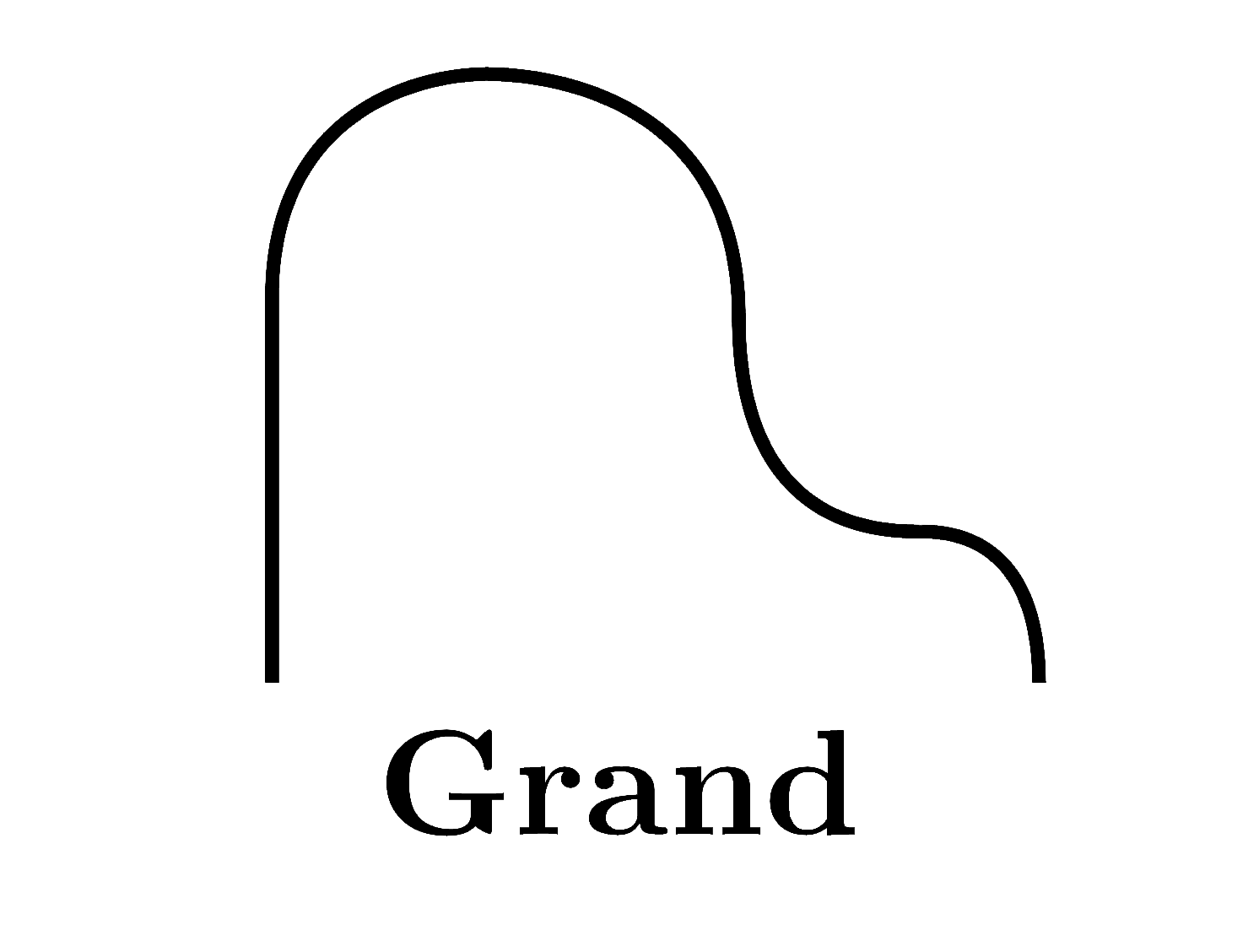Graph toolkit interoperability and scalability for Python
pip install grand-graph- Write NetworkX commands to analyze true-serverless graph databases using DynamoDB*
- Query a host graph in SQL for subgraph isomorphisms with DotMotif
- Write iGraph code to construct a graph, and then play with it in Networkit
- Attach node and edge attributes to Networkit or IGraph graphs
Grand is a Rosetta Stone of graph technologies. A Grand graph has a "Backend," which handles the implementation-details of talking to data on disk (or in the cloud), and an "Dialect", which is your preferred way of talking to a graph.
For example, here's how you make a graph that is persisted in DynamoDB (the "Backend") but that you can talk to as though it's a networkx.DiGraph (the "Dialect"):
import grand
G = grand.Graph(backend=grand.DynamoDBBackend())
G.nx.add_node("Jordan", type="Person")
G.nx.add_node("DotMotif", type="Project")
G.nx.add_edge("Jordan", "DotMotif", type="Created")
assert len(G.nx.edges()) == 1
assert len(G.nx.nodes()) == 2It doesn't stop there. If you like the way IGraph handles anonymous node insertion (ugh) but you want to handle the graph using regular NetworkX syntax, use a IGraphDialect and then switch to a NetworkXDialect halfway through:
import grand
G = grand.Graph()
# Start in igraph:
G.igraph.add_vertices(5)
# A little bit of networkit:
G.networkit.addNode()
# And switch to networkx:
assert len(G.nx.nodes()) == 6
# And back to igraph!
assert len(G.igraph.vs) == 6You should be able to use the "dialect" objects the same way you'd use a real graph from the constituent libraries. For example, here is a NetworkX algorithm running on NetworkX graphs alongside Grand graphs:
import networkx as nx
nx.algorithms.isomorphism.GraphMatcher(networkxGraph, grandGraph.nx)Here is an example of using Networkit, a highly performant graph library, and attaching node/edge attributes, which are not supported by the library by default:
import grand
from grand.backends.networkit import NetworkitBackend
G = grand.Graph(backend=NetworkitBackend())
G.nx.add_node("Jordan", type="Person")
G.nx.add_node("Grand", type="Software")
G.nx.add_edge("Jordan", "Grand", weight=1)
print(G.nx.edges(data=True)) # contains attributes, even though graph is stored in networkit| ✅ = Fully Implemented | 🤔 = In Progress | 🔴 = Unsupported |
|---|
| Dialect | Description & Notes | Status |
|---|---|---|
IGraphDialect |
Python-IGraph interface | ✅ |
NetworkXDialect |
NetworkX-like interface | ✅ |
NetworkitDialect |
Networkit-like interface | ✅ |
| Backend | Description & Notes | Status |
|---|---|---|
DataFrameBackend |
Stored in pandas-like tables | ✅ |
DynamoDBBackend |
Edge/node tables in DynamoDB | ✅ |
GremlinBackend |
For Gremlin datastores | ✅ |
IGraphBackend |
An IGraph graph, in memory | ✅ |
NetworkitBackend |
A Networkit graph, in memory | ✅ |
NetworkXBackend |
A NetworkX graph, in memory | ✅ |
SQLBackend |
Two SQL-queryable tables | ✅ |
You can read more about usage and learn about backends and dialects in the wiki.
If this tool is helpful to your research, please consider citing it with:
# https://doi.org/10.1038/s41598-021-91025-5
@article{Matelsky_Motifs_2021,
title={{DotMotif: an open-source tool for connectome subgraph isomorphism search and graph queries}},
volume={11},
ISSN={2045-2322},
url={http://dx.doi.org/10.1038/s41598-021-91025-5},
DOI={10.1038/s41598-021-91025-5},
number={1},
journal={Scientific Reports},
publisher={Springer Science and Business Media LLC},
author={Matelsky, Jordan K. and Reilly, Elizabeth P. and Johnson, Erik C. and Stiso, Jennifer and Bassett, Danielle S. and Wester, Brock A. and Gray-Roncal, William},
year={2021},
month={Jun}
}


